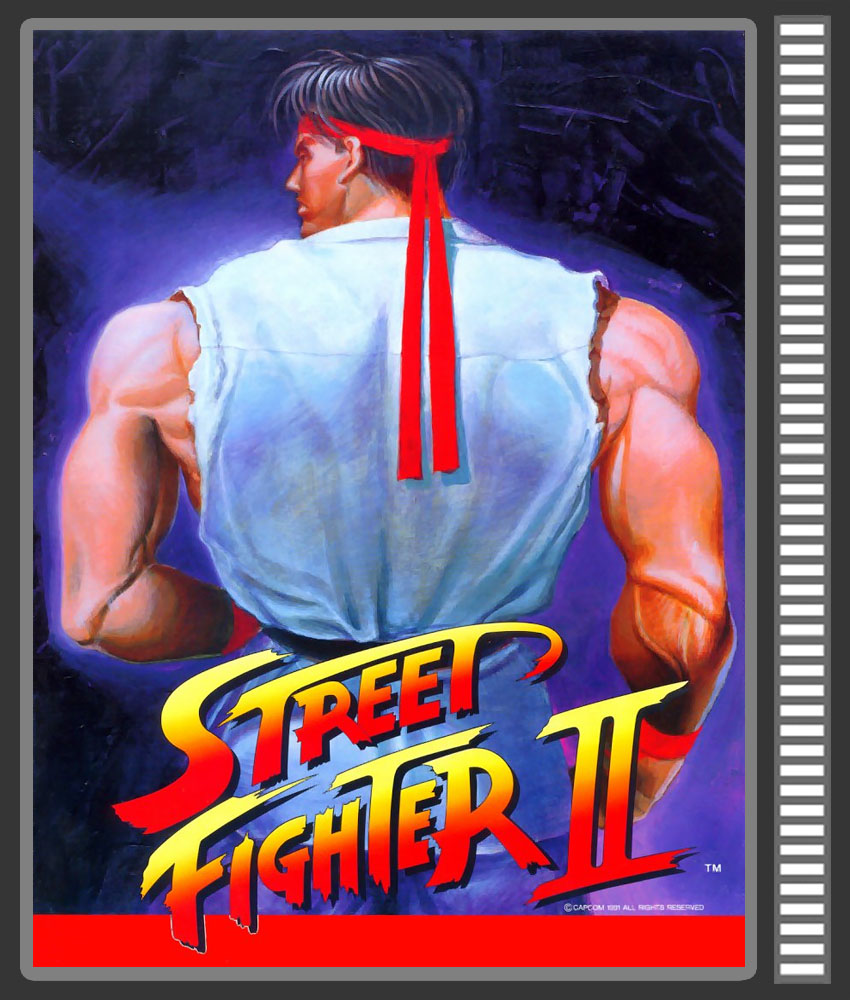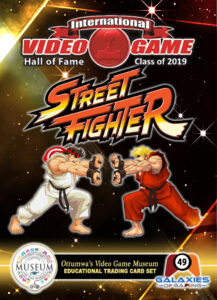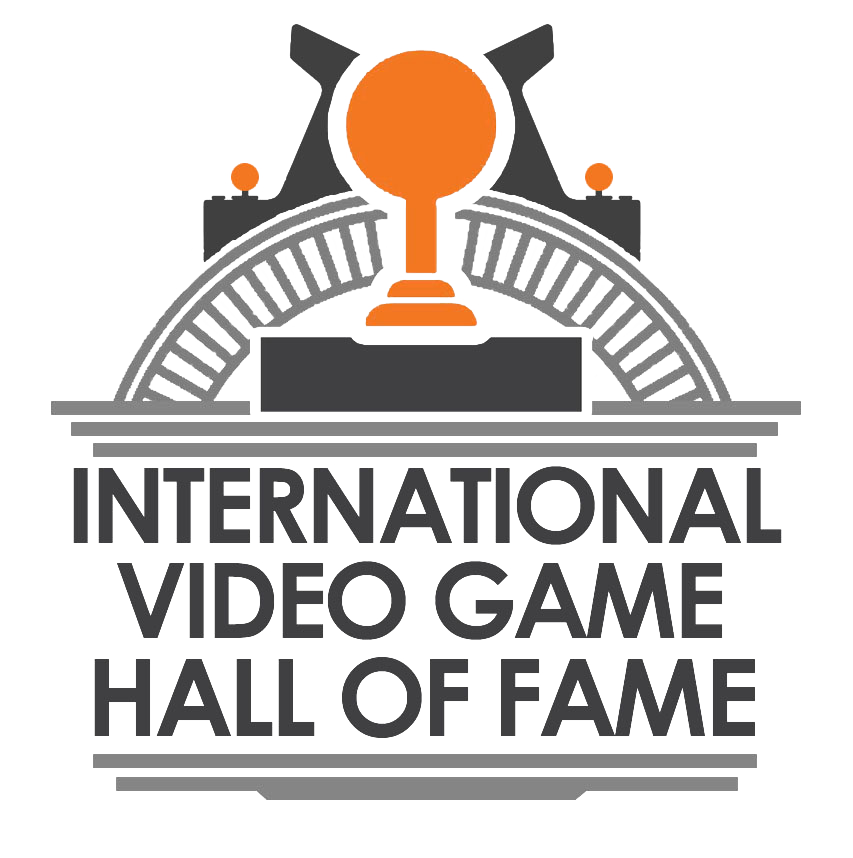
Street Fighter Franchise
1990's Era Game
Class of 2019 Inductee
Street Fighter II: The World Warrior is a 1991 fighting game developed and published by Capcom for arcades. It is the second installment in the Street Fighter series and the sequel to 1987’s Street Fighter. Designed by Yoshiki Okamoto and Akira Yasuda, who had previously worked on the game Final Fight, it is the fourteenth game to use Capcom’s CP System arcade system board. Street Fighter II vastly improved many of the concepts introduced in the first game, including the use of special command-based moves, a combo system, a six-button configuration, and a wider selection of playable characters, each with a unique fighting style.
Street Fighter II became the best-selling game since the golden age of arcade video games. By 1994, it had been played by an estimated 25 million people in the United States alone. More than 200,000 arcade cabinets and 15 million software units of every version of Street Fighter II have been sold worldwide, earning an estimated $10 billion in total revenue, making it one of the top three highest-grossing video games of all time as of 2017 and the best-selling fighting game until 2019. More than 6.3 million SNES cartridges of Street Fighter II were sold, making it Capcom’s best-selling single software game for the next two decades, its best-selling game on a single platform, and the highest-selling third-party game on the SNES.
Street Fighter II became a pop culture phenomenon, and is frequently regarded as one of the greatest video games of all time and the most important and influential fighting game ever made. Its launch is seen as a revolutionary moment within its genre, credited with popularizing the fighting genre during the 1990s and inspiring other producers to create their own fighting series. Additionally, it prolonged the survival of the declining video game arcade business market by stimulating business and driving the fighting game genre.[8][9] It prominently features a popular two-player mode that obligates direct, human-to-human competitive play, inspiring grassroots tournament events, culminating in Evolution Championship Series (EVO).[10][9] Street Fighter II shifted the arcade competitive dynamic from achieving personal-best high scores to head-to-head competition, including large groups.[8] Due to its major success, a series of updated versions were released with additional features and characters, starting with 1992’s Street Fighter II: Champion Edition; its major successor was Street Fighter III in 1997.
Wikipedia Link:
https://en.wikipedia.org/wiki/Street_Fighter_II
Arcade Museum Article:
https://www.arcade-museum.com/Videogame/street-fighter-ii-the-world-warrior
1994, Street Fighter II had been played by an estimated 25 million people in the United States alone, across arcades and homes.
All versions of Street Fighter II are estimated to have grossed a total of $10.61 billion in revenue, mostly from the arcade market.
As of 2017, it is one of the top three highest-grossing video games of all time, along with Space Invaders (1978) and Pac-Man (1980).
Street Fighter II is regarded as one of the most influential video games of all time, and the most important fighting game in particular.
The release of Street Fighter II in 1991 is often considered a revolutionary moment in the fighting game genre.
It has the most accurate joystick and button scanning routine in the genre, allowing players to reliably execute multi-button special moves, and its graphics use Capcom’s CPS arcade chipset, with highly detailed characters and stages. Whereas previous games allow players to combat a variety of computer-controlled fighters, Street Fighter II allows human combat.
The popularity of Street Fighter II surprised the gaming industry, as arcade owners bought more machines to keep up with demand.
It was responsible for introducing the combo mechanic, which came about when skilled players learned that they could combine several attacks with no time for the opponent to recover.
Street Fighter II was the best-selling arcade video game by far since the golden age of arcade video games, bringing an arcade renaissance in the early 1990s.
Its impact on home video games was equally crucial, becoming a long-lasting system-seller for the Super Nintendo Entertainment System.
Since then, up until the late 1990s, numerous best-selling home video games were arcade ports. In 2005, Electronic Gaming Monthly ranked it the ninth most important game since they began publication in 1989, stating no game “did more to prop up arcades” in the 1990s and it was the first killer app for the SNES.
The game popularized the concept of “face-to-face”, tournament-level competition between two players instead of just high scores.
This enabled the competitive multiplayer and deathmatch modes found in modern action games.
It is an innovation in the revision series, with Capcom continuously upgrading and expanding the arcade game instead of releasing a sequel. This furthered the practice of patches and downloadable content found in modern video games.
Primary Credits:
Publisher: Capcom
Producer: Yoshiki Okamoto
Designers: Akira Nishitani, Akira Yasuda
Programmers: Shinichi Ueyama, Seiji Okada, Yoshihiro Matsui, Motohide Eshiro
Artists: Eri Nakamura, Satoru Yamashita
Composers: Yoko Shimomura, Isao Abe
Yoshinori Ono: IVGHOF 2019 “1990’s Era Game” – Street Fighter Induction Speech:



